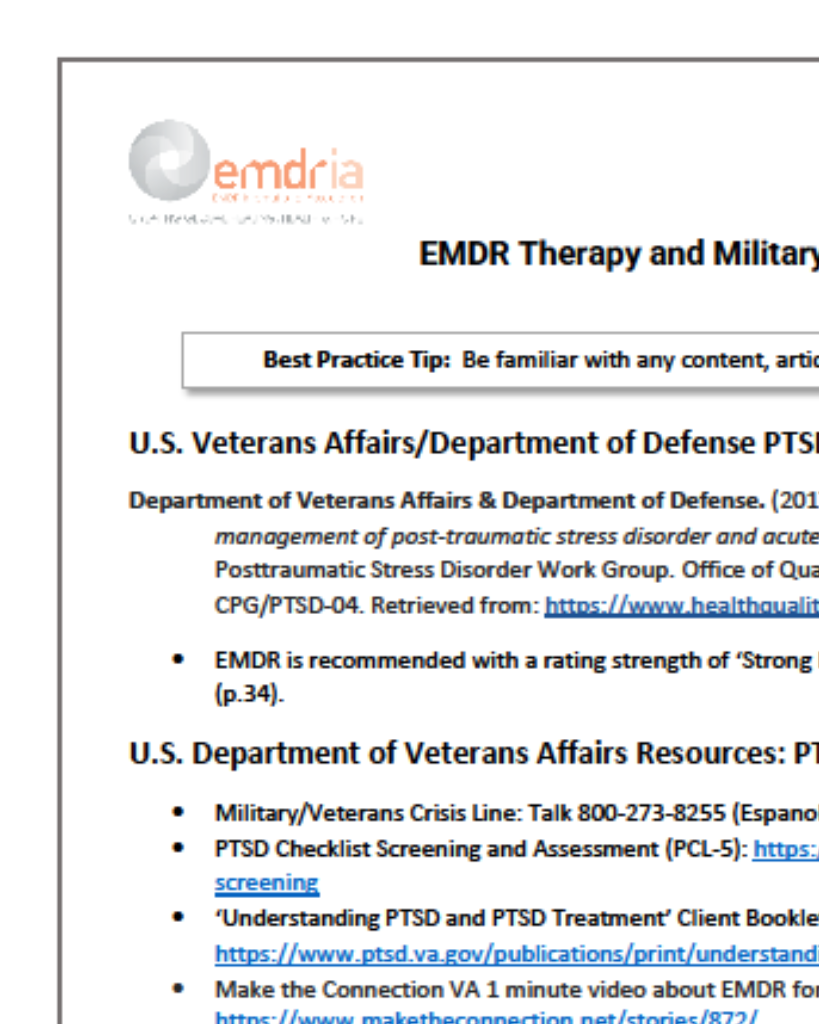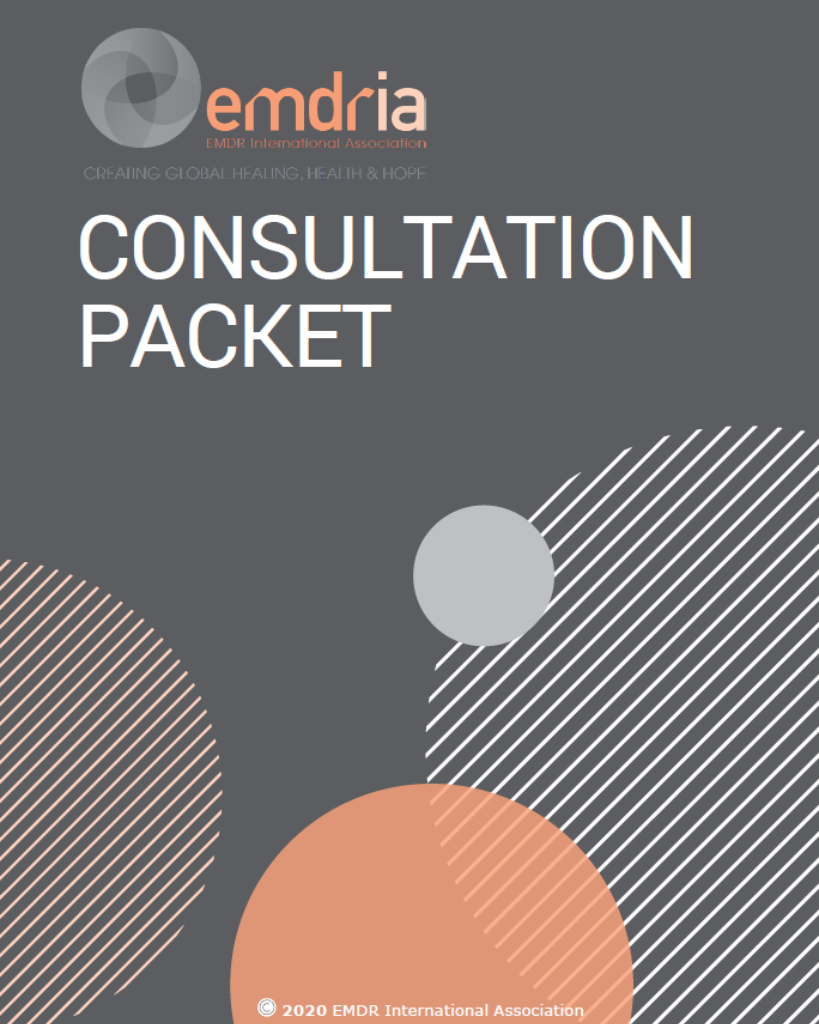Factors that impact on the efficacy of EMDR: A systematic review of the factors associated with increased efficacy of EMDR as a trauma treatment in adolescents
This systematic review sought to identify factors of efficacy indicative of a preferential response to EMDR as a treatment modality in adolescents for psychological trauma.
Article Abstract
“Background: Current UK NICE guidelines (NG 116; 2018) advocate the use of both trauma-focused CBT (TFCBT) or Eye Movement Desensitisation and Reprocessing (EMDR) therapy for the treatment of psychological trauma in adolescents; TFCBT should be first line and EMDR offered only where there is non-engagement in or TFCBT is unsuccessful. This is due to the comparatively greater number of studies evidencing TFCBT’s efficacy in adolescents. This systematic review sought to identify any factors indicative of a preferential response to EMDR as a modality in adolescents.
Methods: Multiple relevant databases were searched in 2022 and 2024, via Clarivate Web of Science, to identify suitable studies of adolescents aged 12-17 years old, inclusive, that offered a direct comparison of manualised EMDR with another manualised trauma therapy e.g. TFCBT. Quality assessment tools used were the Cochrane Risk of Bias tool or the Newcastle-Ottawa Quality Assessment Scale.
Results: 2 studies met the strict inclusion criteria, incorporating 97 participants. Results from both studies showed favourable results of EMDR relative to TFCBT or TAU in symptom reduction and efficacy of therapy. The studies, though heterogeneous, evidenced the relative clinical efficacy of EMDR for both sexual trauma and psychological trauma post-environmental events.
Discussion: This study focused on 12-17 years old, reviewing therapeutic modalities for varied types of psychological trauma, across different cultures, countries and languages. It made direct comparisons of EMDR and TFCBT. Many studies were excluded due to participant age, or lacking a manualised EMDR protocol or therapeutic comparator. Research is needed to compare manualised EMDR with other manualised modalities to inform guidelines and clinicians.”
—Description from publisher
Article Access
Open Access
Amey, C., & Vaquerizo Serrano, J. (2025). Factors that impact on the efficacy of EMDR: A systematic review of the factors associated with increased efficacy of EMDR as a trauma treatment in adolescents. Kent Journal of Psychiatry, 2(4), 5-16. Retrieval: https://www.kjpsych.co.uk/feb-25/factors-that-impact-on-the-efficacy-of-emdr-a-systematic-review-of-the-factors-associated-with-increased-efficacy-of-emdr-as-a-trauma-treatment-in-adolescents
Date
February 28, 2025
Creator(s)
Charlene Amey, Julio Vaquerizo Serrano
Client Population
Adolescents
Extent
11 pages
Publisher
Kent Journal of Psychiatry
APA Citation
Amey, C., & Vaquerizo Serrano, J. (2025). Factors that impact on the efficacy of EMDR: A systematic review of the factors associated with increased efficacy of EMDR as a trauma treatment in adolescents. Kent Journal of Psychiatry, 2(4), 5-16. Retrieval: https://www.kjpsych.co.uk/feb-25/factors-that-impact-on-the-efficacy-of-emdr-a-systematic-review-of-the-factors-associated-with-increased-efficacy-of-emdr-as-a-trauma-treatment-in-adolescents
Audience
EMDR Therapists
Content Type
Article, Peer-Reviewed
Access Type
External Resource, Open Access





